Books
Working with the Elemental Spirits
The Five Elements and Shamanism in Nepal by Bhola Nath BanstolaIn
- Provides first hand information about Napali Shamanism as well as highlighting other indigenous practices.
- Includes direct teaching and experiential practices related to the Elements and associated Spirts, the Nagas, Devas and Devis.
- Learn how to create an altar, set up offerings, mandalas, yantras, as well as be provided with Mantras for the specific spirits along with exercises and techniques for using them properly.
Buy on Amazon

The Nepalese Shamanic Path
An experiential guide to the shamanic spiritual practices of the Himalayas shared by a 27th-generation Nepalese shaman.
- Presents step-by-step, illustrated instructions for authentic Himalayan shamanic practices, including physical and spiritual healing, shamanic journeys, and ceremonies
- Includes exercises to meet the ancestors in your shamanic lineage, techniques to use your voice as a shamanic tool, and practices for negotiating the spirit world safely
- Details shamanic chants and rituals, how to create an altar, and the sacred objects of the shaman, along with exercises and techniques for using them properly
There are few areas of our world where shamanic traditions have been preserved in their original context and form. Nepal is one of these rare and special places. In the shadow of the Himalayas Nepalese shamans, known as dhamis or jhankris, are still consulted for healing and divination, as well as for providing comfort and maintaining harmony. Following the devastating earthquake in Nepal in 2015, shamanic teacher Evelyn Rysdyk and 27th-generation dhami Bhola Nath Banstola decided it was time to safeguard Nepalese shamanic knowledge for future generations by recording the practices in a book.
With this comprehensive, experiential guide to the ancient spiritual traditions of Nepal, Rysdyk and Banstola present step-by-step instructions for authentic Himalayan shamanic practices, including techniques for physical and spiritual healing, shamanic journeys, and advanced ceremonies, such as the Kalkracha Katne, a shamanic ritual for removing toxic energies from an individual. They include exercises to help you meet the ancestors in your shamanic lineage, techniques to use your voice as a shamanic tool, and practices for negotiating the spirit world safely. They detail shamanic chants and rituals, how to create an altar, and how to use the sacred objects of the dhami/jhankri, including the mala, the magic mirror, the drum, and the Khurpa, the shaman’s magic dagger. Rysdyk and Banstola also examine the importance of Nepalese cosmology in shamanic ritual and spiritual deities such as Hanuman, Garuda, and the Nagas.
Illustrated with photos and Rysdyk’s artwork, the book also explores the history of Nepal, its culture and myths, and the different ways Nepalese shamans serve their communities. Written specifically to share the traditional Himalayan shamanic method with the Western world, this guide not only preserves these ancient teachings but also reveals how they are still relevant in the modern world.
Buy on Amazon
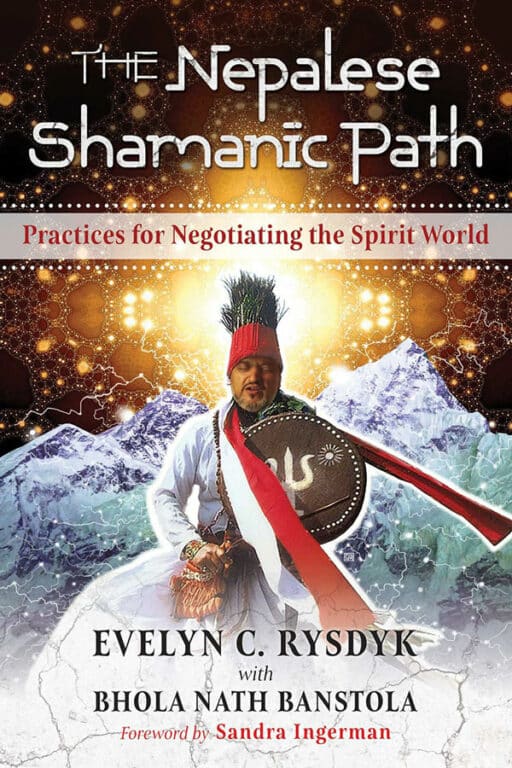
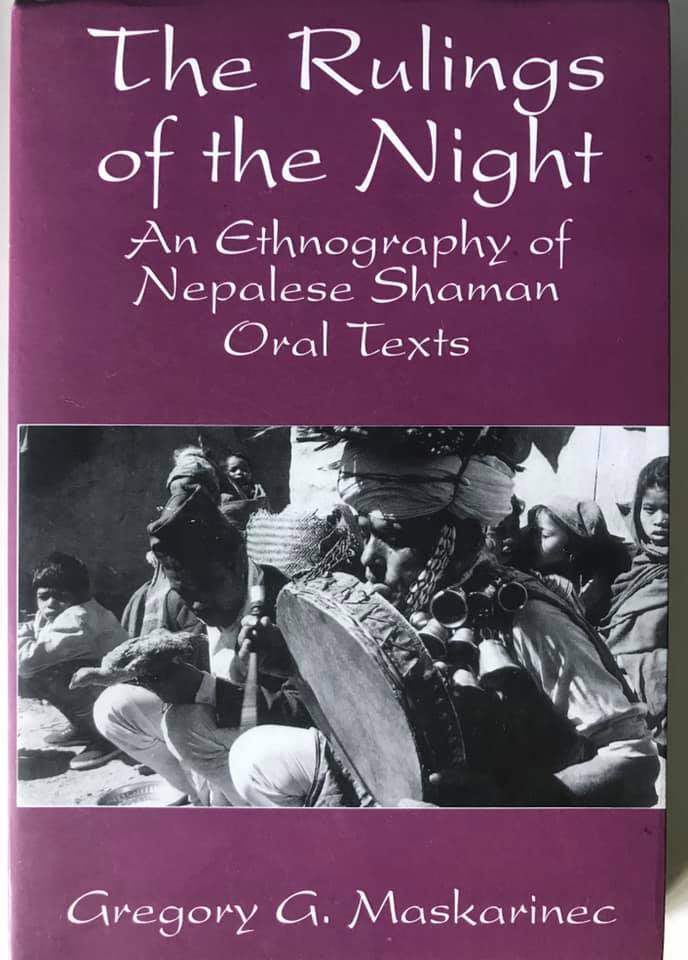

The Nepalese Shaman Oral Texts
Professor Gregory G Maskarinec wrote a groundbreaking and award-winning book, on Indigenous Khaas people of West Nepal
with a specific reference to the Bishwakarmas (the celestial architects as blacksmiths-BK). The BK Dhami Shamans told him the myths how Mahadeva’s consort, Mahadevi/Parvati went to collect cucumber (we have planted pumpkins) but instead, she plucked flowers, pre-mature tender ones, etc. and how that is explained as the cause of untimely, pre-mature transitions in a poetic way.
Books on Nepali Shamanism
“If we had a keen vision of all ordinary human life,
it would be like hearing the grass grow or the
squirrel’s heartbeat, and we should die of that
roar which lies on the other side of silence”.
-Geroge Eliot-Middlemarch
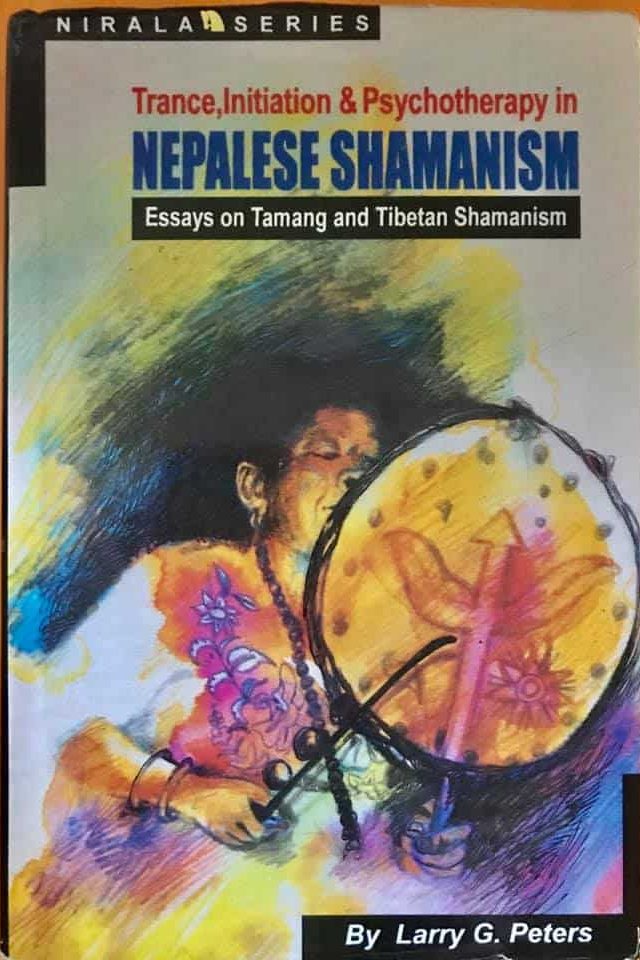
Trance, Initiation and Psychotherapy in Nepalese Shamanism: Essays on Tamang and Tibetan Shamanism
by Larry G. Peters
This book contains articles of the first-hand experience by the author with a focus on Aama Bombo, Buddhimaya, whom most of you know either by direct contact when you came to study with us in Nepal or through international conferences.
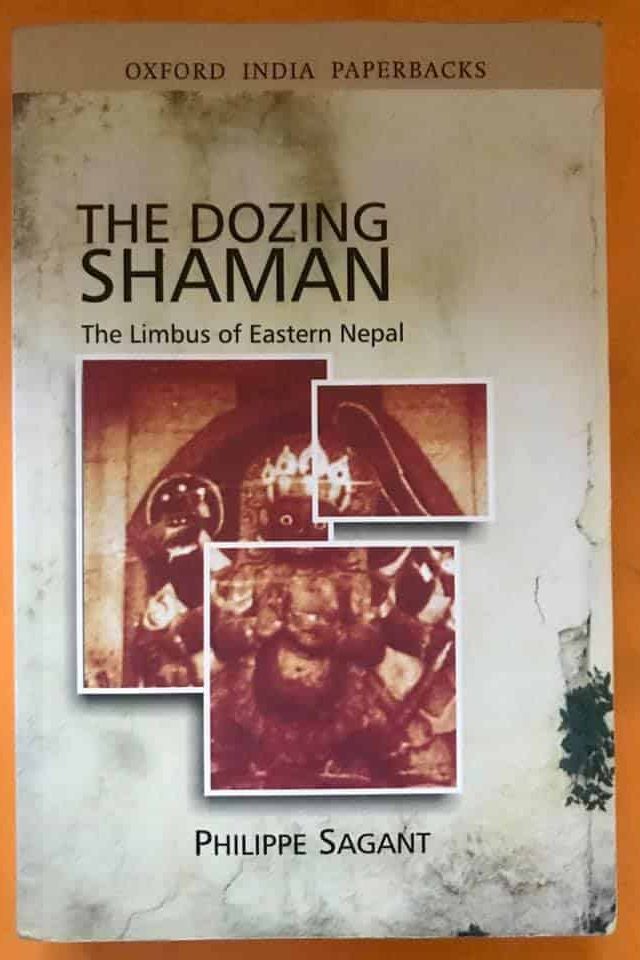
The Dozing Shaman- the Limbus of Eastern Nepal
by Philippe Sagant
This is an ethnographic description of the everyday lives of the Limbu group from daily lives to the rituals and after cross-over accompaniment ceremonies. The writer must have used the word, not as a sleepy but the state of deep trance state during life essences recovery scenes.
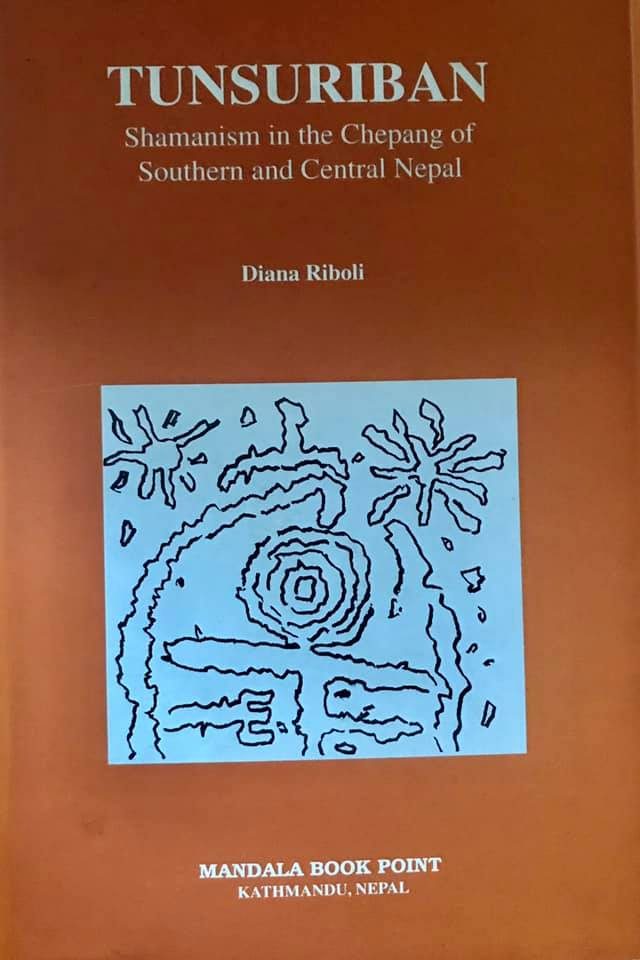
Tunsuriban, shamanism in the Chepang of Southern and Central Nepal
by Prof. Dianna Riboli
With her extensive research in the filed among the semi-nomadic Chepang group, she had presented an in-depth study of social, cultural and religious lives of the people with a particular focus on the healing aspects by local shamans.
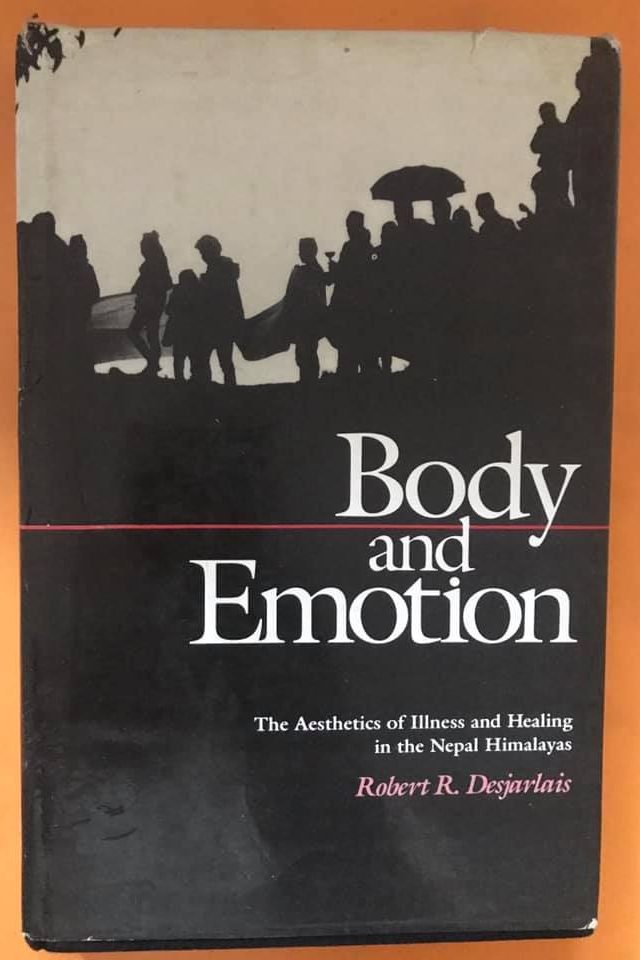
Body and Emotion, the Aesthetics of Illness and Healing in the Nepal Himalayas
by Robert R. Desjarlais
The writer explores and depicts the world views on health and healing of local people of Yhalmo, the area North-East of Kathmandu. This small poetic expression by the local shaman tells most of the aspect of suffering and sorrows: If we stay, our hearts will ache If we go, our little feet will hurt. The sadness of little feet hurting, to whom can we tell? (Song of pain).
www.shaman-nepal.com
www.nepalshamanicsummit.com
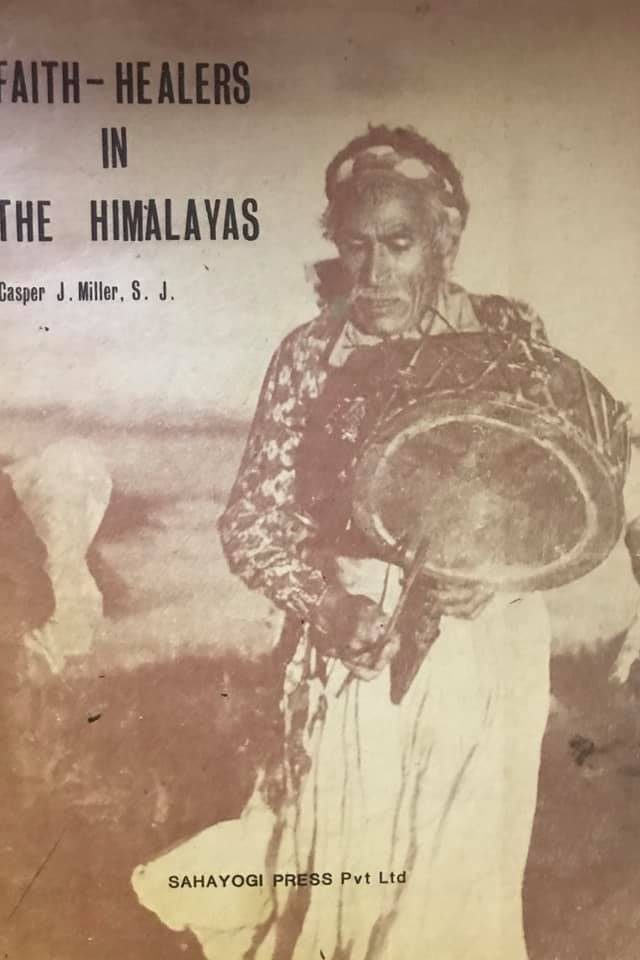
FAITH-HEALERS IN THE NEAPL HIMALAYAS: 1979
Sahayogi Press-Kathmandu, Nepal. Casper J. Miller
This is also a first-hand account of the multiethnic and multicultural district of Doolkha District of East Nepal. Hearty gratitude for the beautiful fieldwork and sharing the experiences during the pilgrimages and everyday lives of the local.
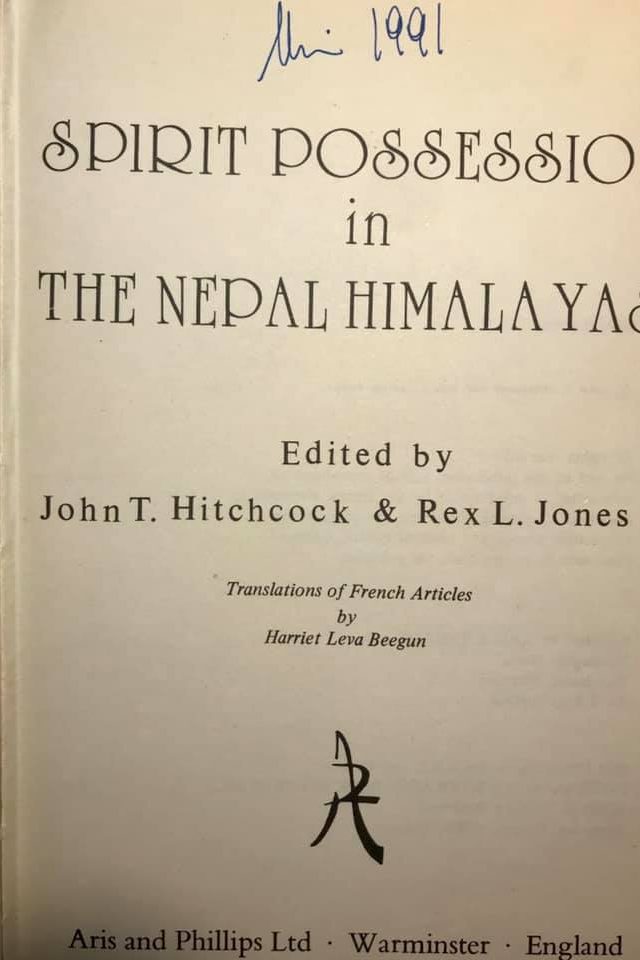
SPIRIT POSSESSION IN THE NEAPL HIMALAYAS:
By John T. Hitchcock and Rex L. Jones, 1976
This book somewhat covers different ethnic group and cultures from East to West Nepal and from the North to the Southern plains. Well researched nineteen articles make this book one of e good references for people interested in Nepal and the shamanic practices.
